Articles

Vacuum Heat Treatment: Carbon Reduction and Environmental Impact
11 months agoExplores the shift towards vacuum heat treatment for carbon reduction, its environmental benefits, and future trends.
Learn More
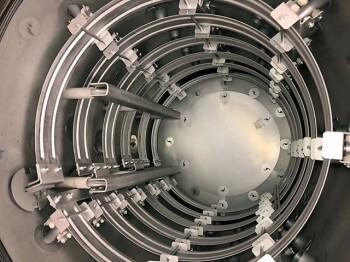
Six Essential Tips for Vacuum Heat Treatment
11 months agoOptimize vacuum furnace performance with expert tips on maintenance, inspection, testing, and more.
Learn More
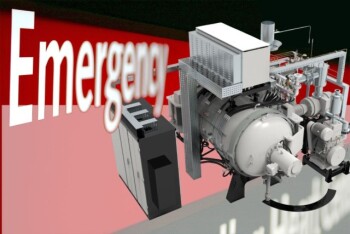
Emergency Measures for Vacuum Sintering Furnace
11 months agoGuidelines on handling power outages, heating power loss, and gas stoppage in vacuum sintering furnaces.
Learn More
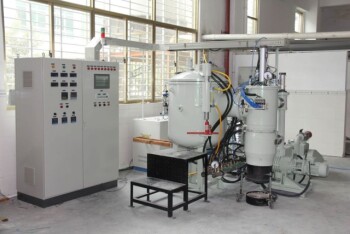
Key Considerations for Selecting a Vacuum Furnace
11 months agoGuide on choosing vacuum furnaces based on structure, heating, insulation, vacuum system, and more.
Learn More
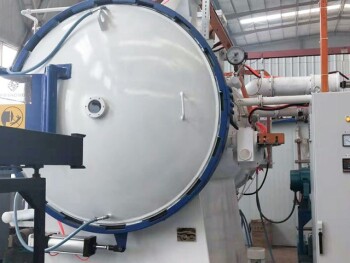
Vacuum Heat Treatment Furnace: Working Principles and Features
11 months agoAn in-depth look at the principles and features of vacuum heat treatment furnaces, highlighting their efficiency, environmental benefits, and operational specifics.
Learn More
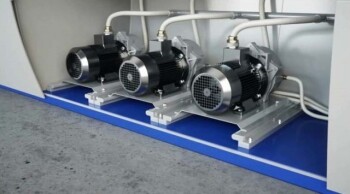
Leakage and Detection Techniques for Vacuum Furnaces
11 months agoDetailed guide on identifying, detecting, and addressing leaks in vacuum furnaces, including safety precautions and detection methods.
Learn More
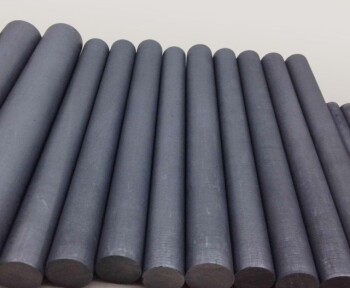
Common Problems and Considerations in Graphite Rods for Vacuum Sintering Furnaces
11 months agoDiscusses the selection, performance, installation, and maintenance of graphite rods in vacuum sintering furnaces.
Learn More
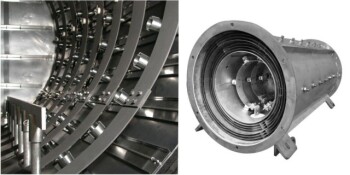
Selecting Heating Elements for Vacuum Furnaces
11 months agoGuide on choosing heating elements and insulation screens for efficient vacuum furnace operation.
Learn More
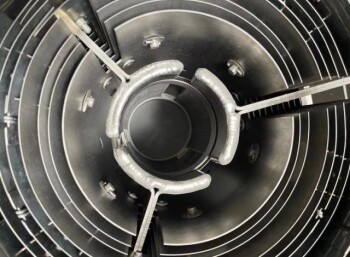
Vacuum Sintering Furnace Failure Causes and Treatments
11 months agoThis article discusses various issues and solutions related to vacuum sintering furnace failures.
Learn More

Operation of Vacuum Hot Press Sintering Furnace
11 months agoAn overview of the operation and components of a vacuum hot press sintering furnace, focusing on its application in the preparation of high-temperature wear-resistant ceramics.
Learn More

5 Frequently Asked Questions about Vacuum Furnaces
11 months agoAnswers to common questions about vacuum furnace maintenance, troubleshooting, and performance.
Learn More

Advantages of Vacuum Sintering Furnace
11 months agoExplores the benefits of vacuum sintering furnaces, focusing on reduced harmful components, improved material properties, and lower temperature requirements.
Learn More
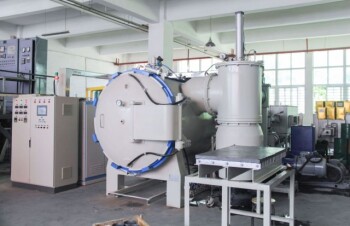
Choosing the Right Vacuum Sintering Furnace
11 months agoLearn about the advantages, types, and selection criteria for vacuum sintering furnaces.
Learn More
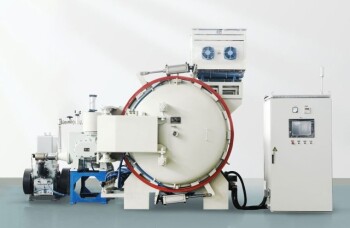
Operating Procedures for Vacuum Sintering Furnace
11 months agoDetailed steps and precautions for operating a vacuum sintering furnace.
Learn More
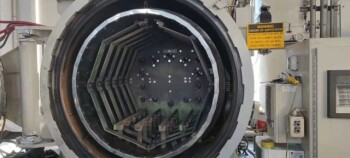
Common Faults and Treatment Programs for Vacuum Furnaces
11 months agoA guide to identifying and resolving common issues with vacuum furnaces, including electrical and mechanical failures.
Learn More
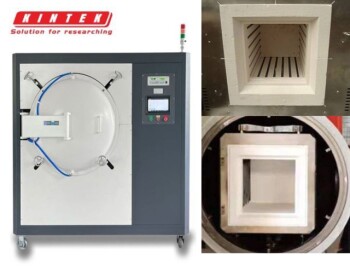
Types and Applications of Vacuum Furnaces
11 months agoAn overview of various vacuum furnace types and their uses in different industrial processes.
Learn More

Choosing the Right Tube Furnace for Laboratory Use
11 months agoGuide on selecting a tube furnace based on temperature, sample size, temperature zones, functions, and vacuum systems.
Learn More

How Tubular PECVD Adapts to Large Wafer Sizes
11 months agoExploring the challenges and solutions for tubular PECVD in handling large-sized silicon wafers.
Learn More

Detailed Processes and Parameters of PECVD for TiN and Si3N4 Deposition
11 months agoAn in-depth exploration of the PECVD processes for TiN and Si3N4, including equipment setup, operational steps, and key process parameters.
Learn More

Common Rework Causes and Solutions for Tubular PECVD Coatings
11 months agoThis article discusses common rework causes in PECVD coating for crystalline silicon solar cells and provides feasible solutions to improve quality and reduce costs.
Learn More

Common Abnormal Causes and Solutions for PECVD Coating in Crystalline Silicon Solar Cells
11 months agoAnalyzes common PECVD coating issues in solar cells and provides solutions to improve quality and reduce costs.
Learn More

Introduction to the PECVD Deposition of Amorphous Silicon Process in Burst Film Formation
11 months agoExplains the mechanism of burst film formation in PECVD deposition of amorphous silicon and solutions to prevent it.
Learn More

Core Barriers to PECVD Nano-Coating Technology
11 months agoExplores the main obstacles in the development and application of PECVD nano-coating technology.
Learn More

Optimizing PECVD Coating Processes for MEMS Devices
11 months agoGuide to configuring and optimizing PECVD processes for high-quality silicon oxide and nitride films in MEMS devices.
Learn More
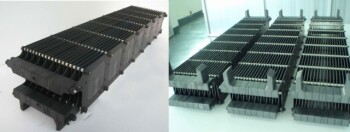
Graphite Boats in PECVD for Cell Coating
11 months agoExploring the use of graphite boats in PECVD for efficient cell coating.
Learn More

Understanding Glow Discharge in the PECVD Process
11 months agoExplores the concept, characteristics, and effects of glow discharge in PECVD for film deposition.
Learn More
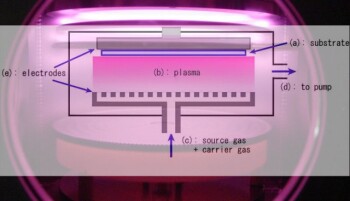
Types of PECVD Process, Equipment Structure, and Its Process Principle
11 months agoAn overview of PECVD processes, equipment structures, and common issues, focusing on various PECVD types and their applications.
Learn More

Applications of PECVD Nano-Coating Technology in Electronic Devices
11 months agoPECVD nano-coating technology enhances durability and reliability in various electronic devices.
Learn More
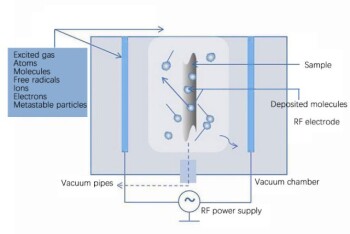
PECVD Nano-Coating Applications Beyond Waterproofing and Corrosion Prevention
11 months agoExplores diverse PECVD nano-coating applications including waterproofing, anti-corrosion, antibacterial, hydrophilic, and wear-resistant films.
Learn More

Carbon Coating for Surface Modification of Silicon-Based Materials in Lithium-Ion Batteries
11 months agoThis article discusses the application of carbon coatings to improve the performance of silicon-based anode materials in lithium-ion batteries.
Learn More